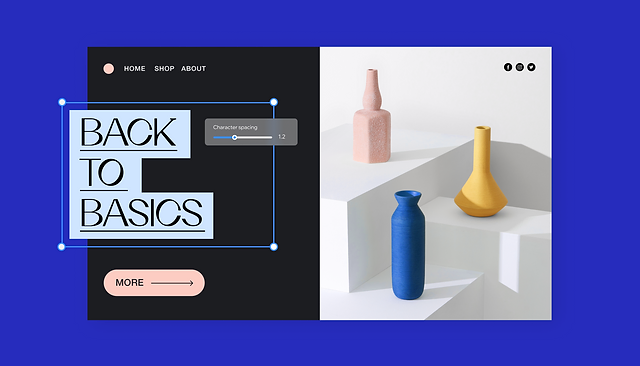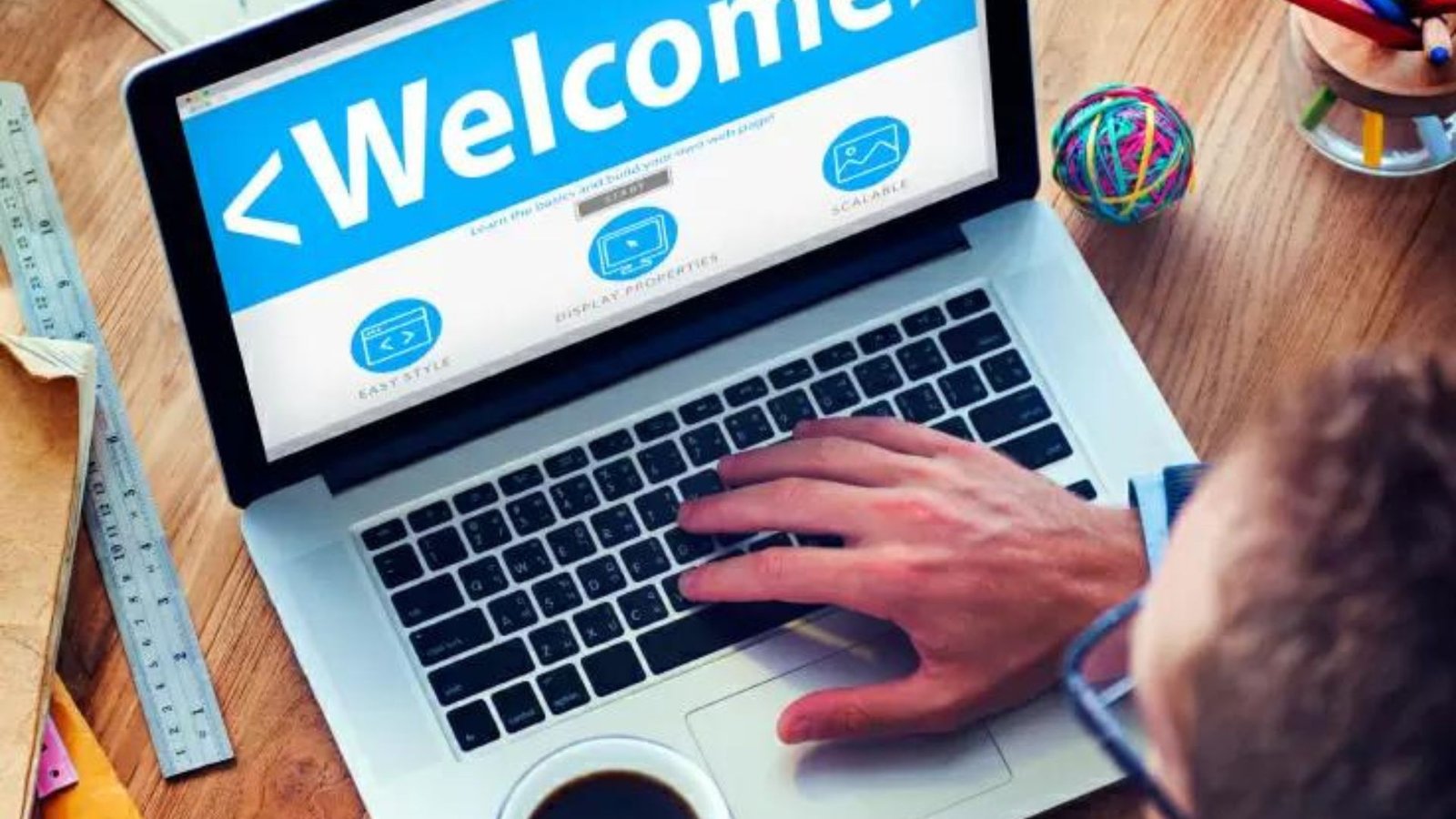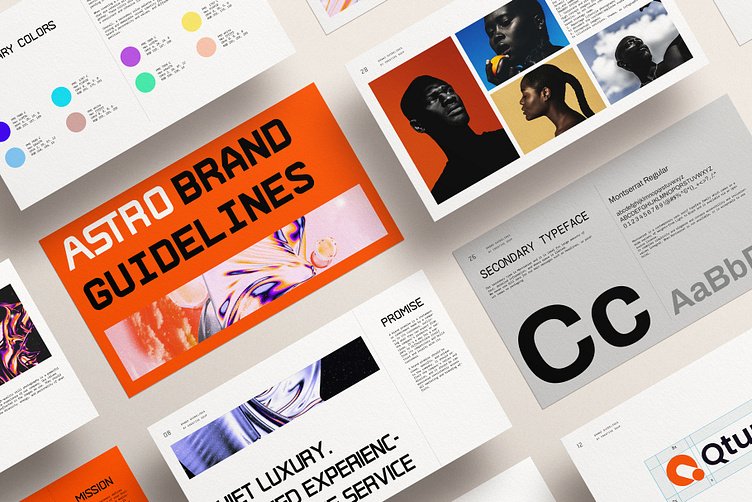Icons play a crucial role in web design, acting as visual cues that enhance usability and navigation. While many websites rely on pre-made icon libraries, creating custom icons can give your site a unique and personalized feel. Custom icons help reinforce your brand identity and ensure that the visual elements of your site are perfectly aligned with your overall design. In this blog post, we’ll guide you through the process of designing custom icons for your website, from conceptualization to final implementation.
1. Understanding the Role of Icons in Web Design
Icons are more than just decorative elements; they serve as a form of visual communication. Well-designed icons can convey complex ideas quickly and effectively, making your website more intuitive and user-friendly. Here are some reasons why custom icons are worth the effort:
a. Enhancing User Experience
- Icons can improve navigation by making it easier for users to find and understand key features of your website. For example, a shopping cart icon instantly signals where users can view their selected items.
b. Strengthening Brand Identity
- Custom icons allow you to maintain a consistent visual style that aligns with your brand. They can be designed to match your color scheme, typography, and overall aesthetic, reinforcing your brand identity.
c. Increasing Visual Appeal
- Unique icons add a creative touch to your website, making it more visually engaging. They can be used to break up text, highlight important information, or simply add a bit of personality to your design.
2. Steps to Designing Custom Icons
Creating custom icons involves several steps, from brainstorming ideas to finalizing the digital design. Here’s a step-by-step guide to help you through the process:
a. Conceptualization and Research
- Identify the Purpose: Before you start designing, consider the function of each icon. What message do you want the icon to convey? This will guide your design choices.
- Research Iconography: Look at existing icons related to your topic for inspiration. Pay attention to the common elements, shapes, and styles used in your industry. This research phase will help you understand what works and what doesn’t.
b. Sketching Your Ideas
- Start with Simple Shapes: Begin by sketching simple shapes that represent your icon’s function. For instance, a house shape is universally recognized as a home button.
- Iterate on Your Designs: Don’t be afraid to create multiple versions of the same icon. Experiment with different styles, line weights, and levels of detail. This iterative process will help you refine your ideas.
c. Digitizing Your Icons
- Choose Your Tools: Use vector-based software like Adobe Illustrator, Figma, or Sketch to create your digital icons. Vector graphics are scalable, ensuring your icons look sharp at any size.
- Draw with Precision: Use grids and guides to ensure your icons are well-aligned and proportionate. Consistency is key, so make sure all your icons follow the same design principles, such as stroke width and corner radius.
- Create Variations: Consider designing different versions of your icons for various use cases, such as filled, outlined, or with different levels of detail.
d. Testing and Refinement
- Check Legibility at Different Sizes: Icons should be clear and recognizable at various sizes, especially when scaled down. Test your icons at small resolutions to ensure they remain legible.
- Get Feedback: Share your designs with others to get feedback. Sometimes, an outside perspective can help you spot areas for improvement that you might have missed.
- Refine Based on Feedback: Make necessary adjustments to your icons based on the feedback you receive. This might involve tweaking shapes, adjusting proportions, or simplifying the design.
3. Implementing Custom Icons on Your Website
Once your icons are designed and refined, it’s time to implement them on your website. Here’s how to do it effectively:
a. Exporting Icons
- Choose the Right File Formats: Export your icons in SVG format for web use. SVGs are lightweight and maintain their quality at any size. You can also export in PNG format if you need rasterized versions.
- Organize Your Icon Files: Save your icons in a dedicated folder and name them clearly to avoid confusion when implementing them on your website.

b. Incorporating Icons into Your Web Design
- Use CSS for Customization: With SVG icons, you can easily customize the size, color, and positioning using CSS. This flexibility allows you to adjust icons to fit various parts of your website.
- Ensure Accessibility: Add appropriate ARIA labels or titles to your icons to ensure they are accessible to screen readers. This is especially important for icons that serve as interactive elements.
c. Testing Across Devices
- Responsive Design: Ensure your icons look great on all devices, from desktop monitors to mobile screens. Test how your icons scale and adjust their placement as needed to maintain usability.
- Browser Compatibility: Check that your icons display correctly across different browsers. While SVGs are widely supported, it’s still a good idea to test on older browsers that may have limitations.
4. Best Practices for Icon Design
To create effective and professional-looking icons, follow these best practices:
a. Simplicity is Key
- Keep your icon designs simple and avoid unnecessary details. The goal is to convey a message quickly, and overly complex icons can be confusing or difficult to recognize at smaller sizes.
b. Maintain Consistency
- All icons within a set should follow the same design language. This includes using the same stroke width, corner radius, and overall style. Consistency ensures that your icons work well together as a cohesive unit.
c. Focus on Legibility
- Your icons should be easy to understand at a glance. Avoid abstract designs that require interpretation, and opt for clear, recognizable shapes that align with user expectations.
Conclusion
Designing custom icons for your website is a powerful way to enhance its visual appeal and usability. By following the steps outlined in this guide, you can create icons that are not only functional but also unique to your brand. Whether you’re designing a single icon or a complete set, remember that simplicity, consistency, and legibility are the keys to effective icon design.



